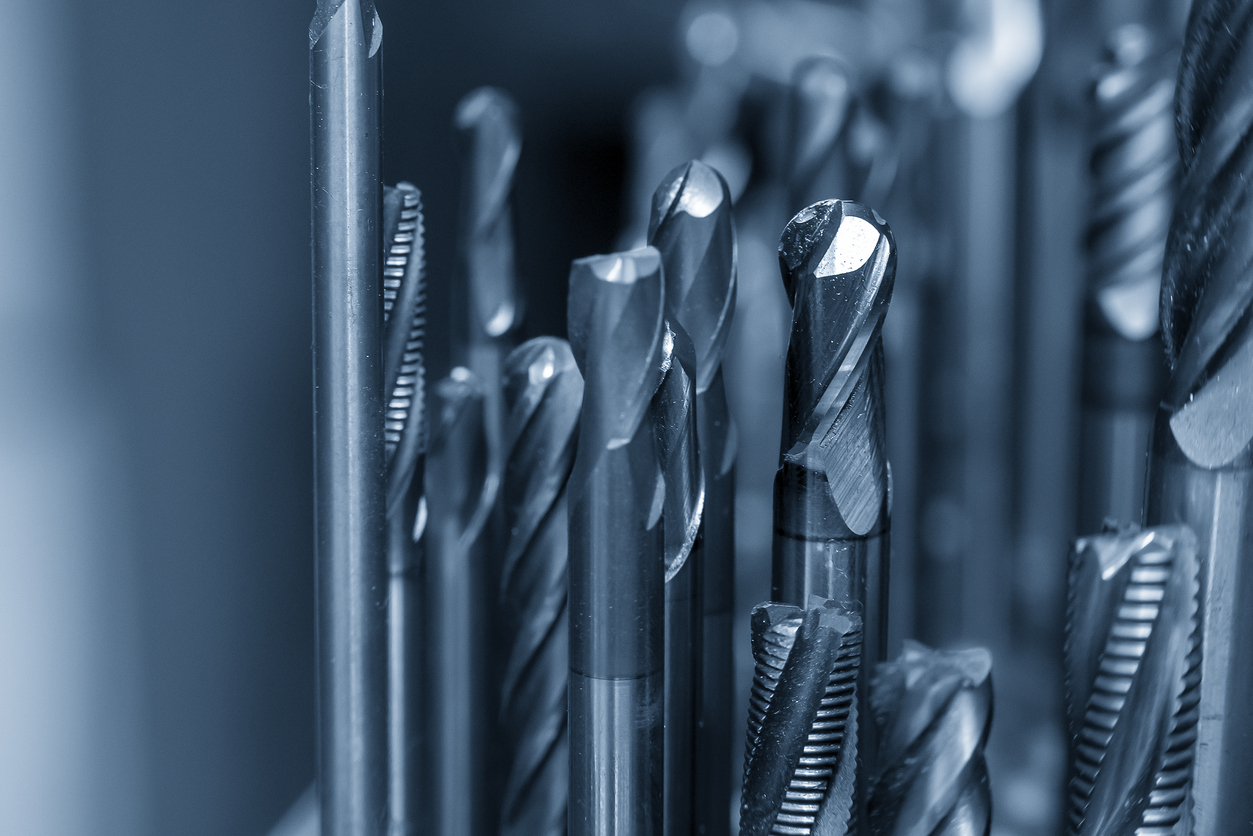Contact Us Today
For your CNC Turning and Milling Services!
Contact Us
CNC machining requires accuracy and precision. Accuracy refers to the closeness of a measured value to an actual value. For example, an accurate machine programmed to remove 0.1 in of material will remove exactly 0.1 in. Precision refers to how close measured values are to each other – the repeatability. High precision means the 500th part has the same accuracy (good or bad) as the 1st. Accuracy and precision are not dependent on one another. It is possible to have a highly accurate part that isn’t reproducible or to consistently reproduce a part with poor dimensional accuracy.
However, although today’s CNC machines have good precision and accuracy, it is impossible to have perfect precision and accuracy. This is because both the material and the machine can create a variance. The amount of acceptable variance is referred to as tolerance.
Machining tolerance is also called dimensional accuracy and is expressed as a minimum and maximum dimensional limit. There is no true standard tolerance because the tolerance can vary depending on the part requirements, the material, and the machine. However, it has become accepted in the industry that the standard tolerance range in manufacturing is +/-.005 inches. Anything in the +/-.001 inch or less range is considered a tight tolerance.
The tolerance should be selected based on the material, type of machining, and, equally as important, how sensitive the part is to variances. Generally, tighter tolerance parts require more processing and inspection, so it doesn’t make sense to have tight tolerances where they are not needed.
Dimensional tolerances tell the manufacturer how critical a specific dimension is. Tight tolerances are often required in products requiring reliability and safety and are found in aerospace, automobile, firearms, mining, and medical industries. In these products, maintaining tight tolerances is important because critical failures can occur if the machining is off by the smallest amount.
For some parts, tight tolerance is essential for location and fit. When machining different components that will be assembled, tolerances need to be as close to zero as possible to guarantee fit. Sometimes tight tolerances are required to ensure press fit, which allows the two components to be held together strictly by pressing the components together.
Machines and tools impact the tolerance that can be achieved on parts. With the advancement of technology, most CNC machines can produce tight-tolerance parts, especially when matched with the right tools. Swiss machines, grinders, and EDMs can achieve some of the tightest tolerances. These machines are manufactured specifically to help achieve tight tolerances.
If a shop has difficulties achieving a tight tolerance, it may be that they don’t have the proper tools and fixturing for the parts to reach the required dimensions. For example, when finishing tight tolerance holes, the final tool needs to be able to achieve the desired dimension. Another challenge is repeatability. Manufacturing a good part can be challenging but repeating the process over and over with consistency can be the most challenging for some shops.
Materials can also create challenges. Superalloys, including Inconel, Hast X, and Haynes, are used in gas turbines and aircraft engines because of their heat and corrosion resistance and good surface stability. However, these materials can also be challenging to machine because of their hardness. Stainless steel can also be challenging to machine, but it is easier to machine than some superalloys. The oxides in stainless steel cause tools to wear faster than cutting mild steel.
When machining difficult materials, proper tooling, work holdings, and cutting feeds and speeds are crucial to making good parts. Many of these challenging metals can also develop a memory, making them hard to machine to tolerance. Most of the time, these materials must be machined in numerous operations to manipulate the material to the specified dimensions.
With highly skilled staff, high-precision machines, and stringent quality control, we take pride in producing the best metal parts at the tightest tolerances. From our CNC machines and tooling to our inspection equipment, we are set up to deliver tight tolerances for products across industries.
In addition, we use a multipronged approach to bring you the best pricing possible. Through collaborative engineering design reviews, we can ensure your part is as cost-effective as possible, and dimensional tolerances are appropriate for your part. Using robotics in our manufacturing reduces human error and creates manufacturing efficiency, allowing us to keep costs competitive.
See how Aztalan can help you from engineering to assembled product. Contact us for a quote on your next tight tolerance project.